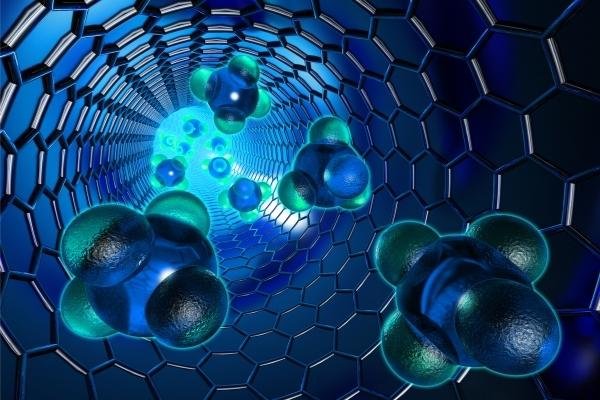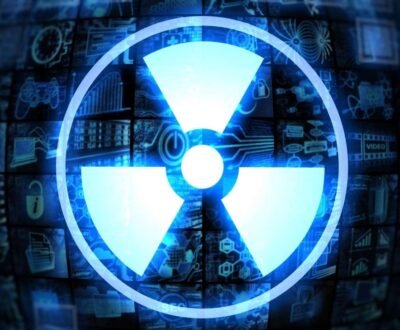According to the results of latest research that was published in The Journal of Nuclear Medicine, many markers identified recently could help in providing valuable insight in predicting the risk of a person suffering from rupture abdominal aortic aneurysms, or AAA. Factors that have a possibility of indicating potential AAA rupture include raised C-reactive protein, loss of even muscle cells from the vascular wall’s middle layer and presence of thick white blood cells in the vascular wall’s outermost connective tissue, as shown via imaging with the help of positron emission tomography (PET), or computed tomography (CT).

The wall of the aorta undergoes stress when an abdominal aneurysm takes place, which can rupture it. Rupturing of AAA is a leading death cause in the west and causes a significant mortality rate among the aged. Usually, AAA is asymptotic, which implies that accurately predicting the rupture is very important for the benefit of public health.
For determining potential indicators that could help in predicting AAA rupture, 18F-FDG PET/CT scans were conducted by researchers on 18 patients who had been diagnosed with AAA via ultrasound. 10 patients had no uptake of the radiopharmaceutical, while 8 showed positive uptake. Biopsies were then acquired from all the patients; positive uptake patients went through tissue removal from two places: a remote negative sit of the aortic wall and the site that showed positive uptake.
The lead author of the study “18F-FDG Uptake Assessed by PET/CT in Abdominal Aortic Aneurysms Is Associated with Cellular and Molecular Alterations Prefacing Wall Deterioration and Rupture.” pointed that this approach allowed the analysis of spots that had high 18F-FDG uptake and the comparison of these with a remote inactive zone belonging to the same aneurysm. On further comparing the biopsies to the fragments from patients who had negative 18F-FDG uptake, there could be distinction of biologic alterations that were associated with the uptake of 18F-FDG, which would help in identifying related biologic markers that could help predict rupture.
From the region showing positive 18F-FDG uptake, tissue were set apart by a raised quantity of inflammatory cells present in the outermost connective tissue, a drastic decrease in the quantity of even muscle cells and an increased intensity of C-reactive protein, in comparison to the biopsies belonging to areas that showed no uptake. Also, an increase in the quantity of a number of matrix metalloproteinases enzymes could be seen in the tissue from the region of positive uptake.
According to the lead author, the deduction from this data was that PET scans that had positive 18F-FDG uptake give diagnostic support, irrespective of how old a person is or the operative risk, to proceed to an aneurysm surgery without delay. However, at the plane of the aneurismal aortic wall, the nonappearance of FDG-uptake can help in making safe decisions for avoiding needless surgery along with decreasing the weight of the costs of health care.
About us and this blog
We are a teleradiology service provider with a focus on helping our customers to repor their radiology studies. This blog brings you information about latest happenings in the medical radiology technology and practices.
Request a free quote
We offer professional teleradiology services that help hospitals and imaging centers to report their radiology cases on time with atmost quality.
Subscribe to our newsletter!
More from our blog
See all postsRecent Posts
- Understanding the Challenges of Teleradiology in India January 19, 2023
- Benefits of Teleradiology for Medical Practices January 16, 2023
- Digital Transformation of Radiology January 2, 2023









